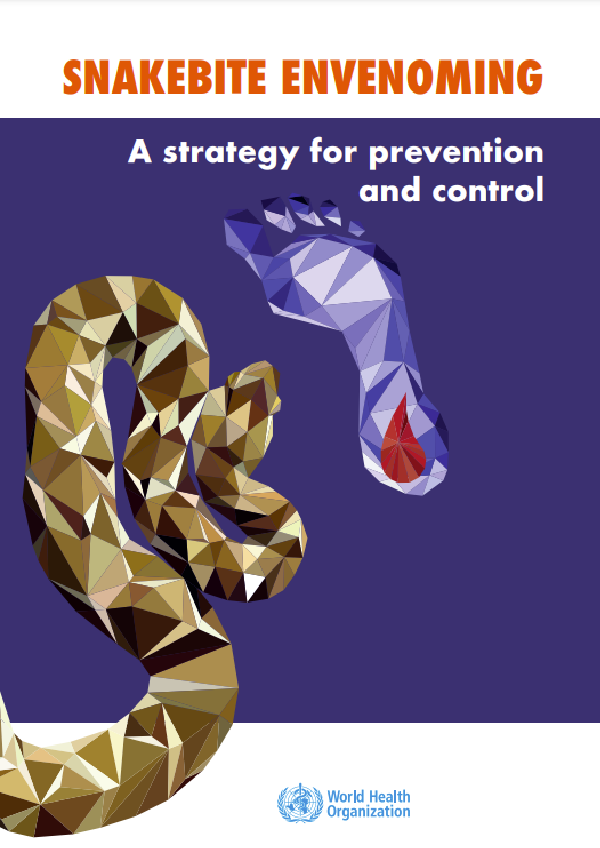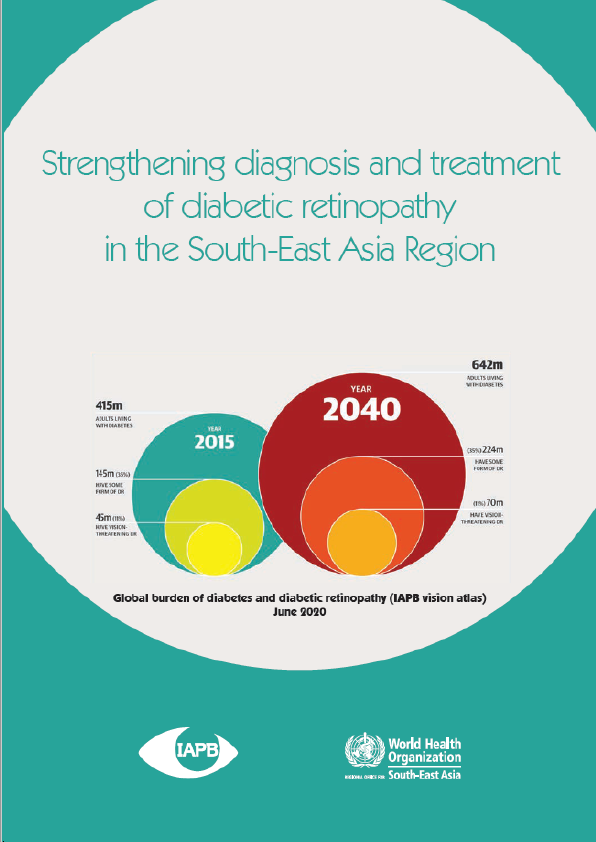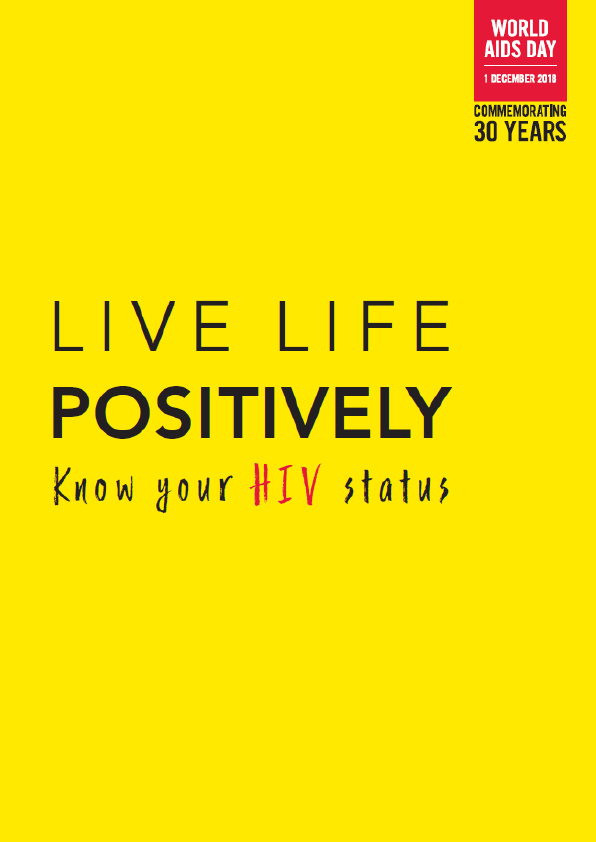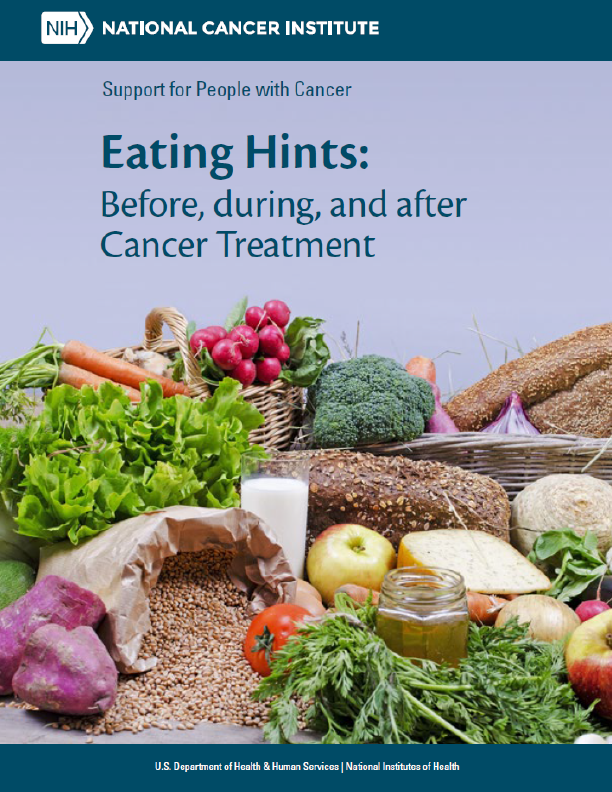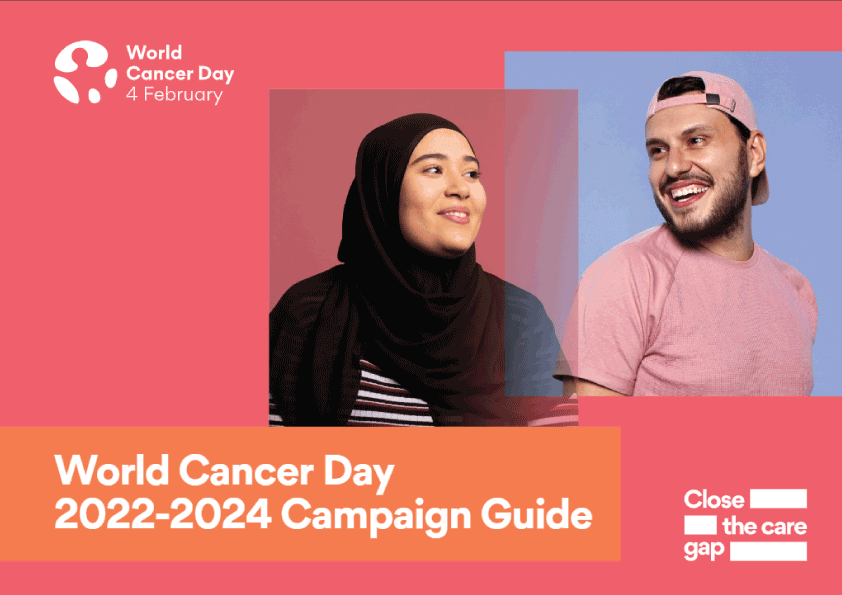A disease whose time has come — Snakebite envenoming is a neglected tropical disease (NTD) that is responsible for enormous suffering, disability and premature death on every continent. As over 5.8 billion people are at risk of encountering a venomous snake, it is not surprising but no less tragic that almost 7400 people every day are bitten by snakes, and 220–380 men, women and children die as a result i, adding up to about 2.7 million cases of envenoming and 81 000–138 000 deaths a year. The economic cost of snakebite envenoming is unmanageable in most countries, as it affects not only the victims but often their entire families, particularly in poor communities in low- and middle-income countries that do not have social security.
As work towards achieving the objectives of UHC2030 (https://www.uhc2030.org/) accelerates, immediate action is needed to reduce the burden of suffering of some of the world’s most disadvantaged communities, and countries around the globe have appealed for a coordinated response. Following a recommendation by WHO’s Strategic and Technical Advisory Group for Neglected Tropical Diseases and a resolution on snakebite envenoming adopted by the Seventy-first World Health Assembly in 2018, WHO has added this disease to its list of category A NTDs. It has now developed a strategy to reduce mortality and disability from snakebite envenoming by 50% before 2030. This document describes the strategy for action in countries, supported by regional collaboration, that will save lives and prevent needless suffering.
A comprehensive strategy — For millions of men, women and children around the world, the risk of snakebite is a daily concern as they go about their everyday activities – walking to school, tending gardens, herding livestock, fetching water or simply going to the toilet – where a misplaced step, a momentary lapse of concentration or being in the wrong place at the wrong time can be fatal. Reducing the problem starts with improving community education about the risk and encouraging them to seek health care and ensuring intensified case management for every patient. First aid, effective, affordable treatment provided by well-trained medical staff and rehabilitation will allow many victims to return more quickly to good health and productive lives.
The core of the strategy is the goal for all patients to have better overall care, so that the numbers of deaths and cases of disability are reduced by 50% before 2030. For this to be achieved, four strategic aims will be pursued.
Empower and engage communities
Prevent snakebite envenoming and increase use of treatment through education, training and facilitation. Research will be conducted to determine the sociocultural, economic, political and geophysical influences on perceptions of snakebite and treatment-seeking by populations at risk and the results used to change behaviour, policy and practice.
Ensure safe, effective treatment
Build a stable, sustainable market for safe, effective antivenoms at reasonable cost and assured access to treatment. The production and quality of snakebite treatments must meet internationally accepted standards, through cooperation among academia, industry and public and private institutions for innovation and modernization. The current crisis in the supply of antivenoms should be addressed by WHO by creating a revolving stockpile of antivenoms proven to be effective, so they can be sent where they are needed.
Strengthen health systems
The principles of the WHO Health Systems Framework should be used to integrate more effective prevention, treatment and management of snakebite envenoming into national health systems, national health plans and policy frameworks.
Increase partnerships, coordination and resources
Strong collaboration will be required for this comprehensive plan of action, and advocacy will be necessary to build a global coalition to drive change, generate investment, implement projects and accelerate research into new therapies, diagnostics and medical interventions. Country capacity-building and knowledge exchange will be emphasized. The strategy will require transformational public– private investment, with long-term commitment by partners and governments.
